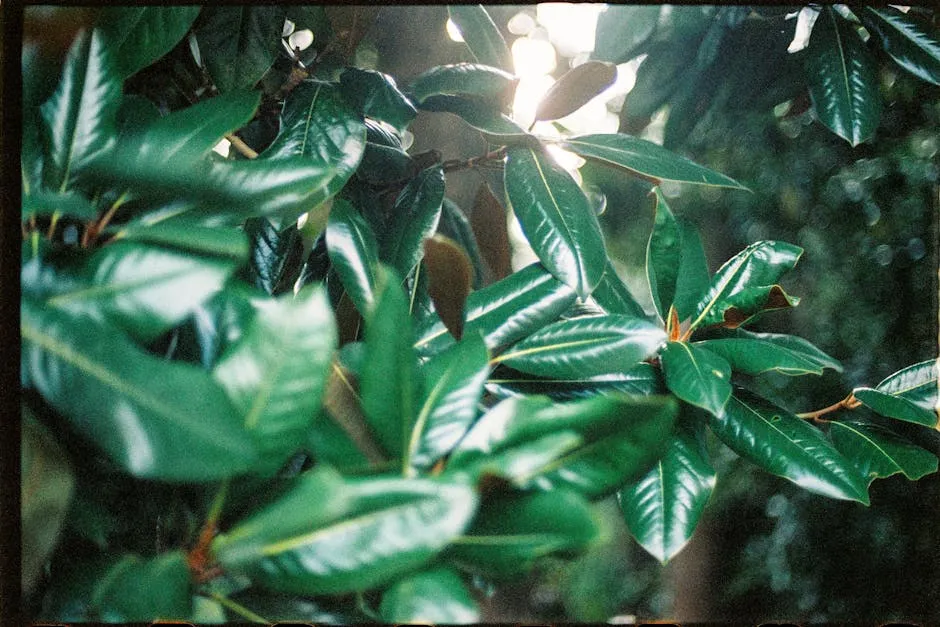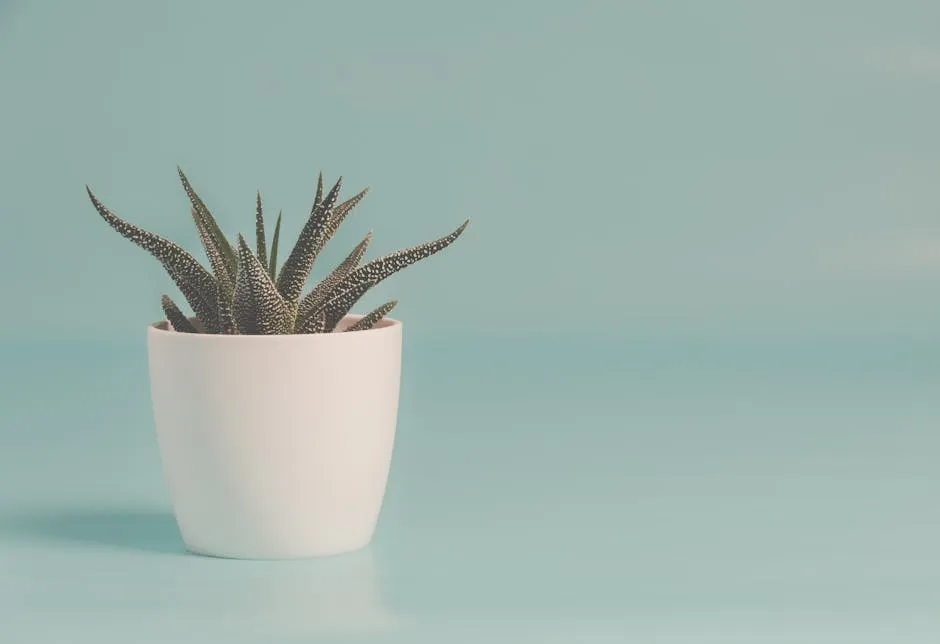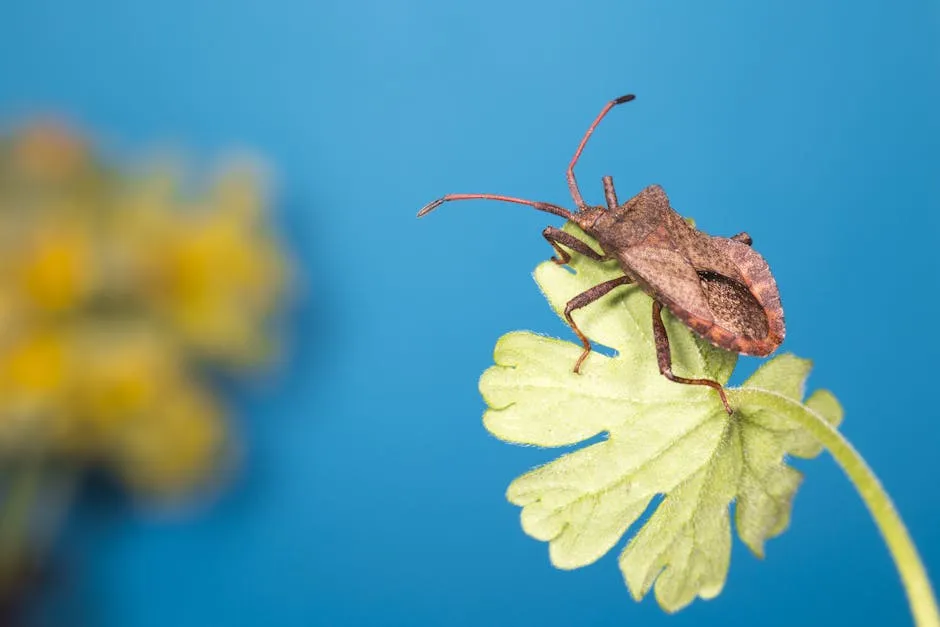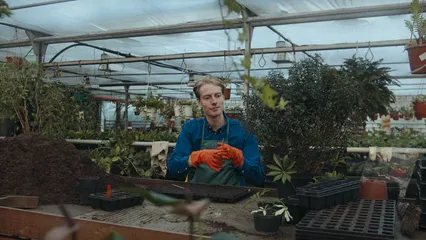

Vine Plant Glossy Leaves: Understanding and Caring for Your Greenery
Introduction
Vine plants with glossy leaves are undeniably appealing. Their vibrant, shiny foliage brightens up any space, making them popular in homes and gardens. These lush plants not only enhance aesthetics but also purify the air. Understanding how to care for them is essential for keeping them healthy and thriving.
Summary and Overview
Glossy-leaved vine plants are a striking addition to any collection. Examples include Pothos, Philodendron, and Rubber Plant. Their shiny foliage adds a touch of elegance to interiors while providing ecological benefits. These plants help filter indoor air pollutants, making your environment healthier. Care tips include ensuring adequate light and moisture. However, be on the lookout for common issues like pests and leaf discoloration. With the right attention, these plants can flourish and bring joy to your space.
For comprehensive care tips on indoor plants, check out this ultimate guide to bringing nature indoors.
The Allure of Glossy Leaves
Characteristics of Glossy-Leaved Vine Plants
Glossy leaves are a result of a waxy cuticle that protects them. This shiny layer not only makes them visually striking but also helps retain moisture. Popular examples include Pothos, known for its heart-shaped leaves, and Philodendron, which offers diverse leaf shapes. The smooth, reflective texture elevates the aesthetic appeal, making them favorites among decorative houseplants. These plants are increasingly sought after in interior design, with many homeowners opting for ornamental vines to enhance their living spaces. If you’re looking to spruce up your home, consider adding a glossy-leaved vine to your collection!
Speaking of sprucing up, why not grab a Decorative Plant Pot for your new vine? It will not only enhance the aesthetics but also provide a cozy home for your leafy friend!

Ideal Growing Conditions
Light, Water, and Soil Requirements
To thrive, glossy-leaved vines need the right light. They prefer bright, indirect sunlight. Too much direct light can scorch their leaves. Conversely, low light may hinder growth. A sweet spot is essential for vibrant foliage.
Watering is another crucial factor. These plants like their soil to be moist but not soggy. Check the top inch of soil; if it feels dry, it’s time to water. A consistent watering routine helps prevent stress and keeps the leaves glossy.
Well-draining soil is vital for glossy-leaved vines. A mix that allows excess water to escape will help prevent root rot. Aim for a soil blend that retains some moisture while still allowing airflow. For that, consider using a high-quality Potting Soil Mix to give your plants the best chance to thrive.
Did you know that around 70% of plants thrive best in these conditions? Assess your home environment for optimal light and moisture levels. With the right care, your glossy-leaved vines can flourish beautifully!

Common Types of Glossy-Leaved Vines
Popular Varieties and Their Unique Features
There are many stunning glossy-leaved vines to choose from. Here are some favorites:
- Pothos: This vine features heart-shaped leaves with a beautiful variegation. It grows quickly and adapts well to various conditions, making it perfect for beginners.
- Philodendron: Known for its diverse leaf shapes, this plant is a stunner. It thrives in indirect light and needs moderate watering, making it easy to care for.
- Rubber Plant: With its large, shiny leaves, the Rubber Plant is a true statement piece. It can grow quite tall, reaching up to 8 feet indoors. It thrives in bright light and requires watering only when the topsoil dries out.
- Ivy: This climbing plant is famous for its elegant, trailing vines. It prefers cooler temperatures and can tolerate lower light, making it versatile for different spaces.
- String of Hearts: This charming vine features heart-shaped leaves with a silvery hue. It’s a slow grower but adds a unique touch to any plant collection.
- Hoya: Known for its waxy leaves and sweet-smelling flowers, Hoya is a favorite among houseplant enthusiasts. It prefers bright light but can tolerate some shade.
- Scindapsus (Devil’s Ivy): With its beautiful marbled leaves, Scindapsus is an eye-catching choice. It’s easy to care for and can thrive in low to bright light.
These vines not only enhance your space but also provide air-purifying benefits. Most of these plants have impressive growth rates, with many reaching full size in just a few months. Which glossy-leaved vine is your favorite? Share your thoughts in the comments!

Benefits of Glossy-Leaved Vines
Aesthetic and Environmental Advantages
Glossy-leaved vines are not just beautiful; they offer numerous benefits. Visually, their shiny foliage adds elegance to any space, making them a favorite for home decor. Have you noticed how a single plant can brighten up a dull corner? These vines effortlessly enhance your interior design.
But their advantages go beyond aesthetics. Studies show that indoor plants can significantly improve air quality. Glossy-leaved varieties, like Pothos and Philodendron, filter harmful pollutants. They absorb toxins and release oxygen, creating a healthier living environment. Did you know that having indoor plants can reduce stress levels by up to 60%? This is especially true in modern homes filled with electronic devices that can impact mental health.
Incorporating these plants into your space promotes biophilic design, connecting you with nature. So, why not consider adding a glossy-leaved vine to your home? You’ll enjoy the beauty and the positive effects on your well-being. You can also boost that well-being with an Air Purifier that works in tandem with your plants!

Potential Issues and How to Overcome Them
Common Problems and Solutions
While glossy-leaved vines are stunning, they can face some challenges. Common pests include spider mites and aphids, which can damage your plants. Spider mites thrive in dry conditions, while aphids love tender new growth. To combat these pests, regularly inspect your plants. If you spot any, use insecticidal soap or neem oil spray for effective treatment. For more information on pest control, refer to this guide on organic pest control methods.
Fungal diseases can also affect these vines. Overwatering is a primary cause, leading to root rot and leaf spots. Ensure your pots have proper drainage and allow the soil to dry slightly between waterings.
Preventative care is key. Maintaining humidity levels can help fend off pests and diseases. A plant humidifier or regular misting can create a favorable environment. According to surveys, around 30% of gardeners report dealing with pest issues. By staying vigilant and proactive, you can keep your glossy-leaved vines healthy and thriving. Regularly check for signs of distress and take action to ensure your plants remain beautiful and robust.

Propagation Techniques
How to Multiply Your Glossy-Leaved Vines
Ready to grow your collection of glossy-leaved vines? Let’s discuss two effective methods: cuttings and division. Both techniques are simple and can yield great results.
Water Propagation: Start by taking a cutting, ideally 4-6 inches long. Ensure it has a few leaves. Remove the lower leaves to prevent rot. Place the cutting in a jar of water, ensuring the nodes are submerged. Change the water weekly. In about 2-4 weeks, you should see roots sprouting.
Soil Propagation: Alternatively, you can propagate directly in soil. Use a well-draining potting mix. Take a similar cutting, dip the cut end in rooting hormone for better success, and plant it in the soil. Water lightly and cover the pot with a plastic bag to create humidity. Keep it in a warm spot with indirect light. You should notice new growth in a few weeks. To keep track of your progress, consider using a plant care journal!
Timing is crucial for both methods. Spring or early summer works best, as plants are more active during these months. On average, cuttings have a success rate of 70-90% when done correctly. For a complete guide on creating your own plant propagation station, check out this resource.
So, are you excited to give propagation a try? With these techniques, your leafy friends will multiply in no time!

Conclusion
Glossy-leaved vine plants are truly a sight to behold, offering beauty and numerous benefits. Their lush foliage adds elegance to any space while improving air quality. Understanding their care needs is vital for keeping them healthy and thriving. So, why not appreciate these stunning plants in your home? Take a moment to explore your options and enjoy the vibrant greenery they bring to your life! And don’t forget to check out some Indoor Garden Kits for a fun gardening experience!
FAQs
What are the best glossy-leaved vine plants for beginners?
If you’re new to plant care, start with Pothos. This hardy plant thrives in various conditions and is forgiving of neglect. Another great option is Philodendron, known for its striking leaves and easy maintenance. The Rubber Plant also makes a solid choice, offering beautiful, large leaves. These plants not only look stunning but are low-effort, making them perfect for beginners.
How often should I water my glossy-leaved vine plants?
Watering frequency depends on the plant type and environment. Generally, check the top inch of soil. If it feels dry, it’s time to water. Most glossy-leaved vines prefer slightly moist soil, but avoid overwatering. In warmer, brighter conditions, you may need to water more often than in cooler, shaded areas. Regularly monitor your plants for signs of stress.
Can glossy-leaved vines grow in low light?
Yes, some glossy-leaved vines thrive in low light. Plants like Pothos and Ivy can adapt to dim conditions, although growth may slow. Ensure they still receive indirect light to maintain their vibrant leaves. If you notice leggy growth, consider moving them to a brighter spot. Always remember, too much direct sunlight can scorch their delicate leaves.
What should I do if my vine plant’s leaves turn yellow?
Yellowing leaves can indicate several issues. Overwatering is a common cause, leading to root rot. Check the soil moisture and adjust your watering schedule. Nutrient deficiencies can also cause yellowing. Consider using a balanced fertilizer. Lastly, inspect for pests, as they can damage leaves too. Addressing these factors will help restore your plant’s health.
How can I increase humidity for my glossy-leaved vines?
Glossy-leaved vines, especially tropical varieties, thrive in humid environments. You can increase humidity by placing a humidifier nearby. Another simple method is to group your plants together, as they naturally raise humidity levels. Alternatively, try a pebble tray filled with water under your pots. This approach allows moisture to evaporate and surround your plants, creating a more favorable atmosphere.
Please let us know what you think about our content by leaving a comment down below!
Thank you for reading till here 🙂
All images from Pexels



